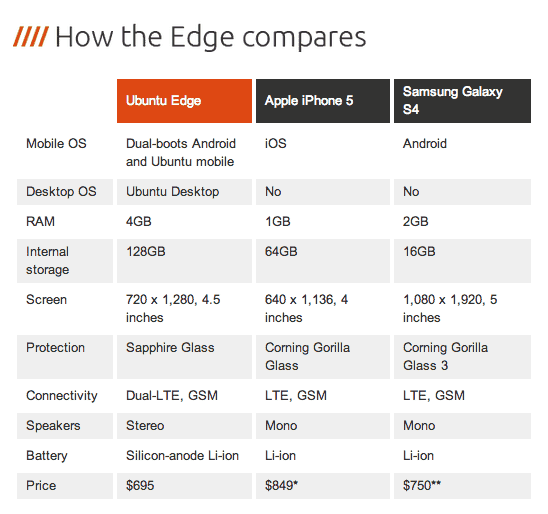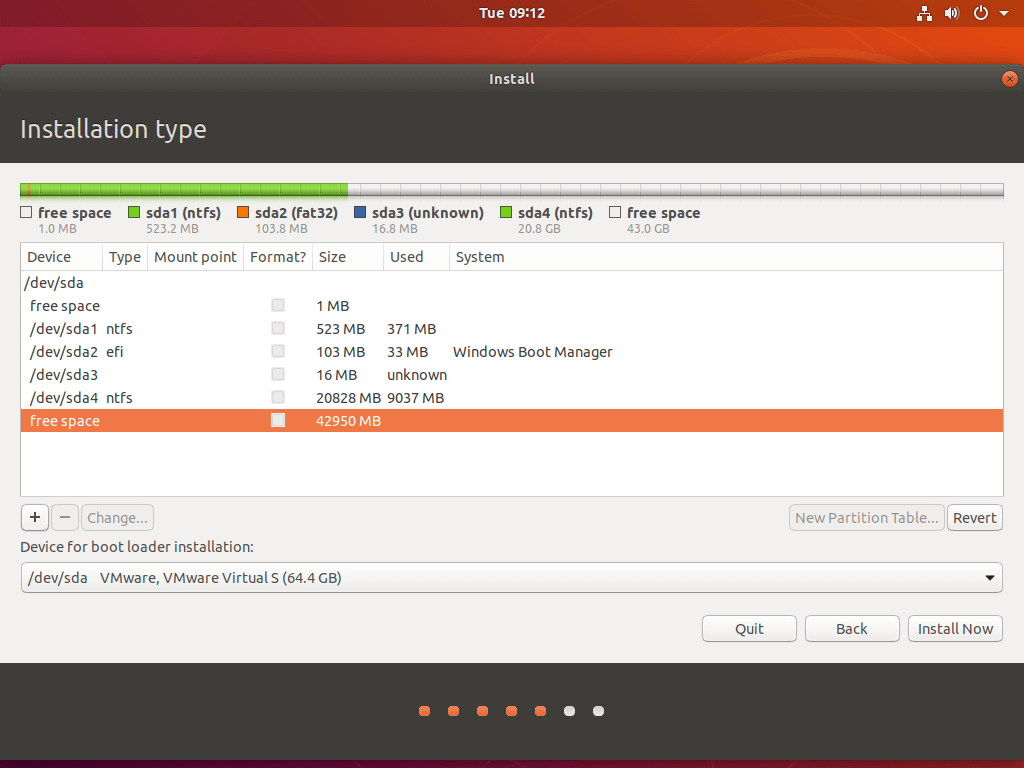
Then refresh the repositories sudo dnf updateĪnd finally, install Microsoft Edge on RHEL 9 and derivatives with this command sudo dnf install microsoft-edge-stableĪlternatively, you can install the beta and dev versions of Edge. Then, add the GPG key of the same one sudo rpm -import To do this run: sudo dnf config-manager -add-repo The good thing is that it is from Microsoft, so we can be confident that it is not malicious. Then, install a package needed to add repositories without any problem sudo dnf install dnf-utilsĪs a rule, the above command is already installed by default, but it is better to be certain.Īs Edge is not in the official RHEL 9 repositories, then you have to add an external one. However, this does not make it difficult to install, on the contrary it is simple.įirst, open a terminal and update the entire system sudo dnf update Install Microsoft Edge on RHEL 9 and derivativesĪs you can imagine, Edge is not present in the official repositories of RHEL 9 and therefore of any derivative of it.


However, there are users who use it regardless of this.

Of course, Linux users will always blame it for not being open source.

$ sudo add-apt-repository "deb stable main" Type the following command to enable the Edge browser repository. This adds the Microsoft Edge repo to your system, and imports the Microsoft GPG key to authenticate packages. $ sudo apt install software-properties-common apt-transport-https wget Open your terminal ( Ctrl+Alt+T) and type the following command. Just enable the Microsoft Edge repository from the command-line and install the package with the help of apt.įirst of all to get all of the available updates. Installing Edge browser on Ubuntu through CLI(Command Line Interface) is a pretty straightforward process.


 0 kommentar(er)
0 kommentar(er)
